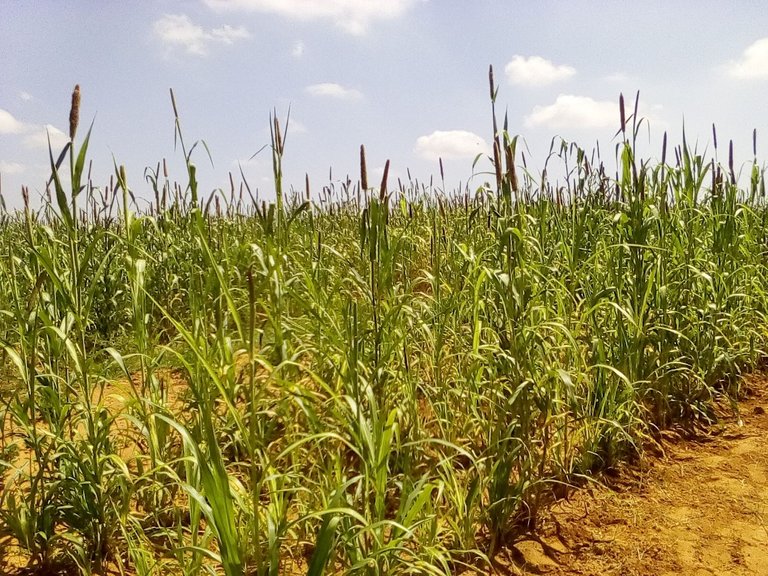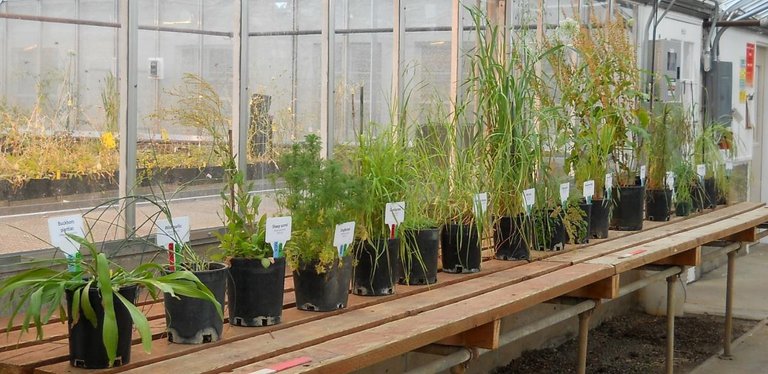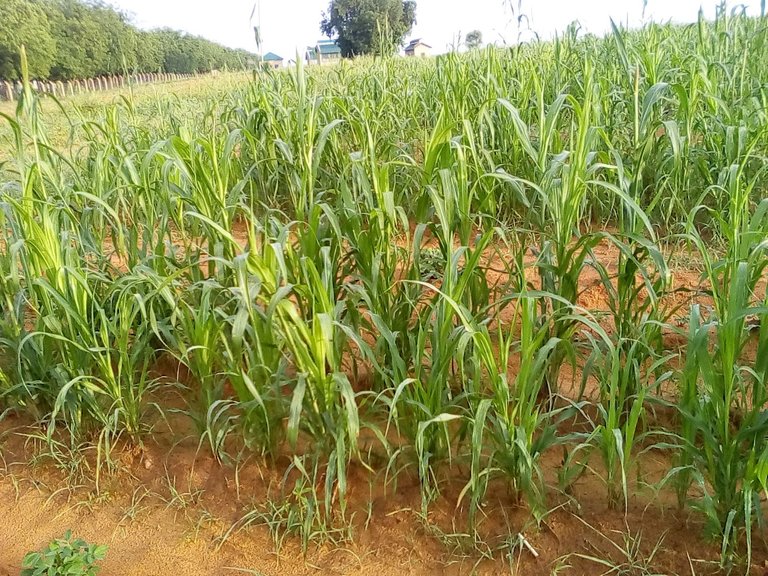Genetics is the science that deals with transfer of characters from parents too offspring and invariably from generation to generation. Breeding as a science deals with manipulating living organisms to make them more beneficial to humans and meet the need of human beings. Plant breeding as a field is the art and science that deals with the manipulation of plant attributes, characteristics, structure and composition to make them more useful to humans.
A textbook titled Principles of plant breeding defined Plant breeding as the deliberate effort by humans to nudge nature, with respect to the heredity of plants, to an advantage. It focuses on manipulating plant heredity to develop new and improved plant varieties for human use.
Genetic manipulation of plant attributes
Gregor Mendel is often regarded as father of genetics. Gregor Mendel’s work and further findings in science after his discoveries founded out that plant trait are controlled by hereditary factors called genes consisting of DNA (deoxyribose nucleic acid) as the hereditary material. These genes are expressed in an environment to produce traits. In order to change a trait or its expression, one may need to change the nature of its genotype, and/or modify the nurture (environment in which it is expressed). To change the environment entails modifying the growing or production conditions. This may
be achieved through an agronomic approach such as, the application of production inputs (e.g.,
fertilizers, irrigation). While this approach is effective in enhancing certain traits, the fact remains that once either of these supplemental environmental factors are removed, the expression of the plant trait reverts to its initial state.
Plant breeders are now modifying plants with respect to the expression of certain selected attributes by modifying the genotype in a desired way by targeting specific genes. Such an approach produces an alteration that is permanent and hereditary in nature that is they can be transferred from one generation to the next generation.
Such plants are often derived from crossing different plants. Specialists in plant breeding are called plant breeders. These plant breeders specialize in breeding different groups of plants or crops. Some focus on arable crops, such as rice, wheat, peanut, cowpea e.t.c, some focus on horticultural food crops such as vegetables, some focus on ornamentals (e.g., rose, pine) while others focus on fruit trees or forage crops.
Why plant breeding
Manipulating plant attributes and structure play a crucial role in determining the availability of plants for feeding the masses growing geometrically. Plants remain the chief provider of food for man, feed for animals, fiber for clothing, fruits, pharmaceuticals, and shelter for humans.
In this 21st century, plant breeding is really helping to improve agriculture daily. It helps in the following:
Crop resistance to pest and diseases: Through selection of selected traits such as early maturity and seed vigour, plant breeding has helped geneticists to develop crop varieties that are resistant to pests and diseases. This helps to prevent farmers from suffering pest attack on their crops such that disease incidence and insect infestation will be minimal, this will undoubtedly make them have high yields.
Improvement of the nutritional quality of crops
Bio-fortication has played a major role in improving the nutritional quality of crops, essential nutrients needed by man and animals cannot be found in some crops, Breeding helps to supplement and enhance the nutritional quality of such food crops. Rice, a major world food, lacks pro-vitamin A (the precursor of vitamin A). However, The Golden Rice project at the International Rice Research Institute (IRRI) in Philippines and other countries have developed a rice cultivar (variety) with the capacity to produce pro-vitamin A. Deficiency of vitamin A is one of the most deleterious form of malnutrition. It is known to cause blindness.
Breeding is also needed to make some plant products more digestible and safer to eat, by reducing their toxic components and improving their texture and other qualities. A high lignin content of the plant material reduces its value for animal feed. Toxic substances occur in major food crops, such as alkaloids in yam, cynogenic glucosides in cassava, trypsin inhibitors in pulses, and steroidal alkaloids in potatoes.
Principles of Plant Genetics and Breeding, Second Edition. George Acquaah.
_ 2012 John Wiley & Sons, Ltd. Published 2012 by John Wiley & Sons, Ltd.
Development of short duration crops and high yielding crop variety: plant genetics has also helped to develop short duration crops and high yielding varieties, these varieties are being distributed after passing through a series of processes. Duration of a variety is very important under rainfed and irrigated Agricuture. Normally, for successful crop production in dry land agriculture, crop cultivar duration should match the duration of growing season to avoid terminal soil moisture stress that causes low yield. Likewise in irrigated farming, crop duration should match with the period of irrigation water availability.
Addressing world food crisis and ensuring food security with all that has been said, plant genetics has helped and is also helping to reduce the problem of food security. As it is known, food security is the basis of survival, Plant breeding reduces hunger and starvation, this is because through plant breeding, yield on farm have increased and essential nutrients are now added to food through biofortification. This helps to increase the food commodity in the market.
Plant geneticists are conducting research day by day and success is being recorded daily, for example in Sokoto, Nigeria known for being an aridic environment with low rainfall, drought and problematic soil, plant breeders have helped in developing a millet variety that thrives well, even in times of drought, this millet variety called super sossat thrives in times of drought, it is resistant to pests and diseases. The variety has a very long panicle showing that it is high yielding.
Picture taken with my tecno phone at UDUS dryland.
As researches are being conducted by plant breeders daily, it is envisaged that there will be more improvement recorded in modern agriculture.

Reference : Principles of Plant Genetics and Breeding, Second Edition. George Acquaah.
_ 2012 John Wiley & Sons, Ltd. Published 2012 by John Wiley & Sons, Ltd page 17-40
Reference : principles of crop production by S.R Reddy, fourth edition page 82-85






it would have been cool to talk about some processes people use to genetically modify plant...all d xame u are on point
well said @iftyguy94 #cheers @vickyrich a true @euronation member
Thanks @vickyrich... I will surely talk about that in due time.... Thanks for your comments too.
Thank you @iftyguy! Really appreciate people writing about science! This was very interesting. I was considering going into this field. A lot of work is currently also done adopting plant species to new climates (eg hot or cold environments) in order to increase the area we can use for food production. It would have been cool to talk about some processes people use to genetically modify plants. Again thank you. Cheers @lesshorrible!
@lesshorrible ....Thank you for reading and for your comment too. I will share ways plants are genetically modified in due time. You can also follow me for more updates on managing soil too.
Nice write up man!!! I love read on Agriculture stuff !!!
Thanks for always stopping by....